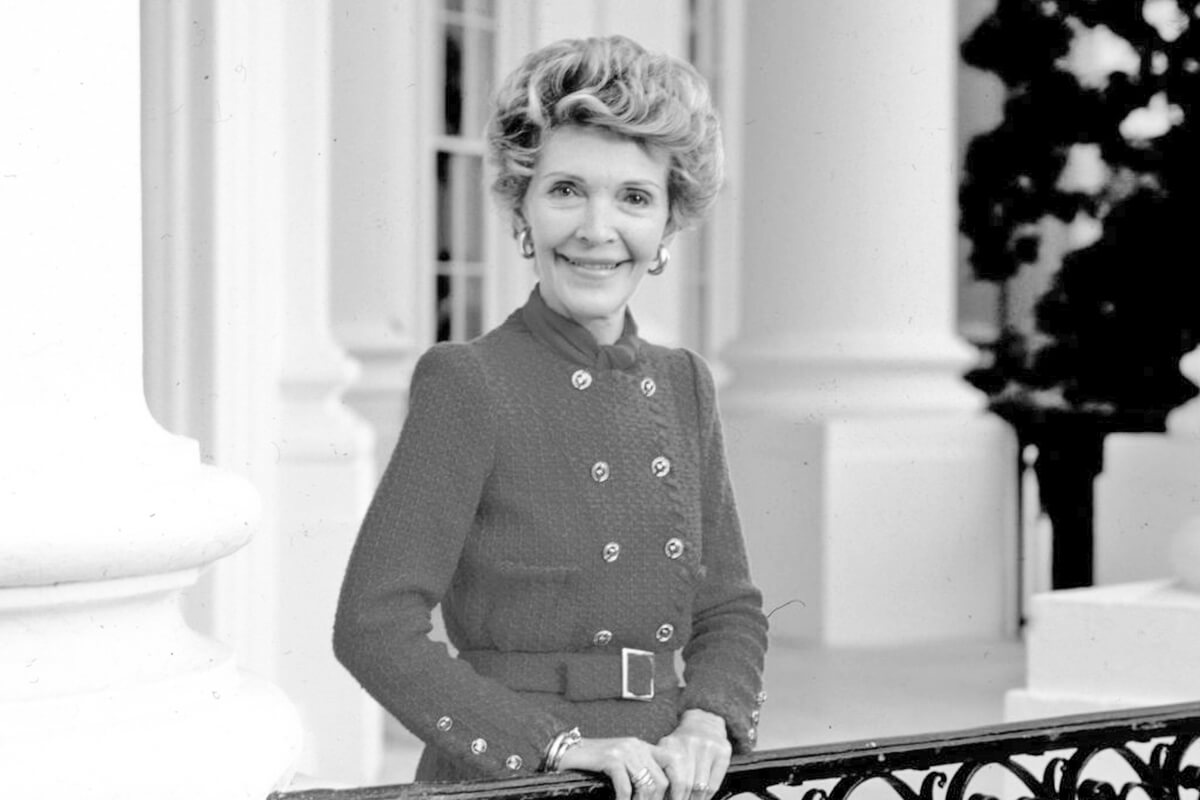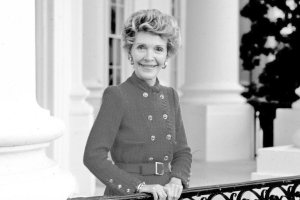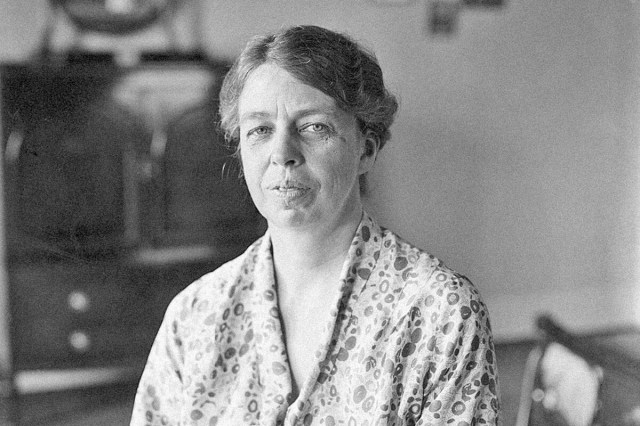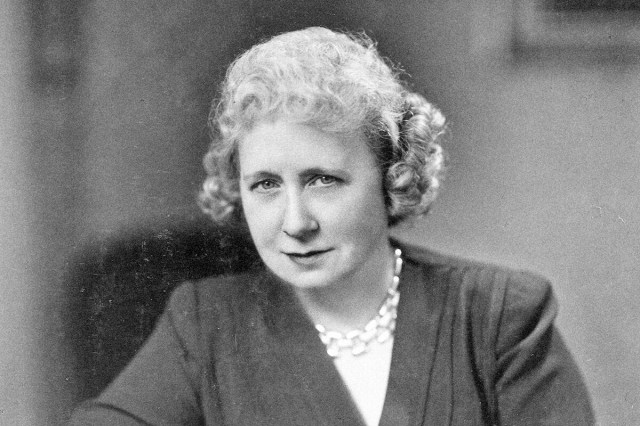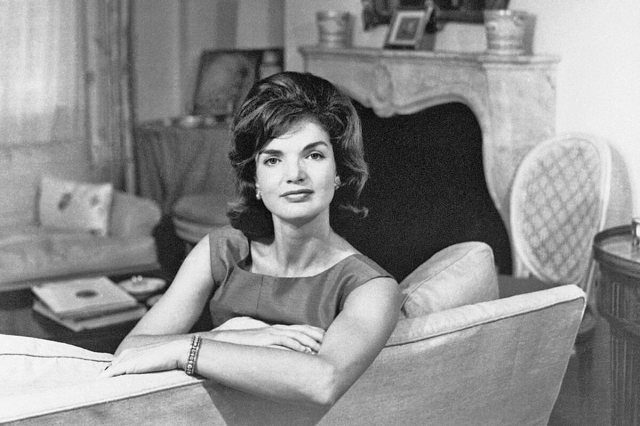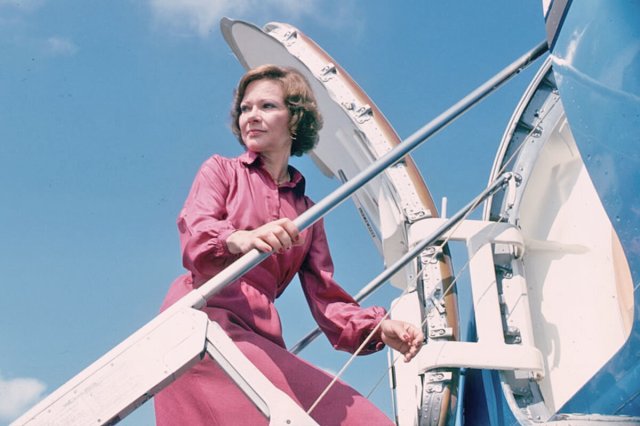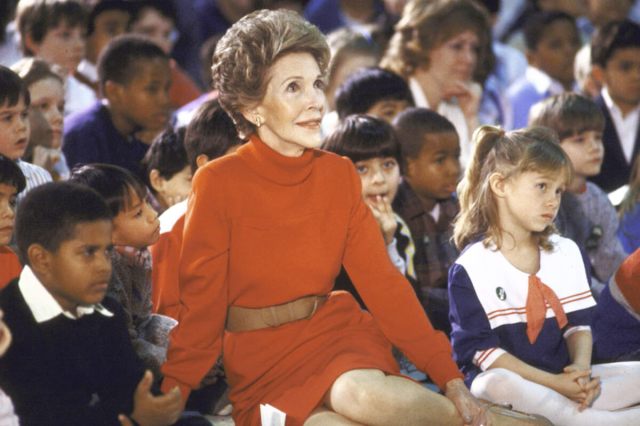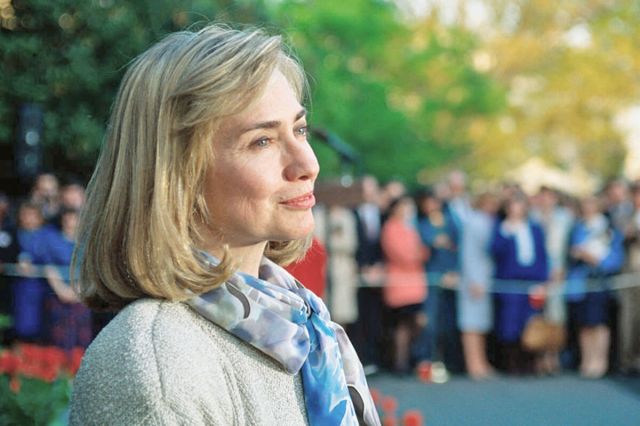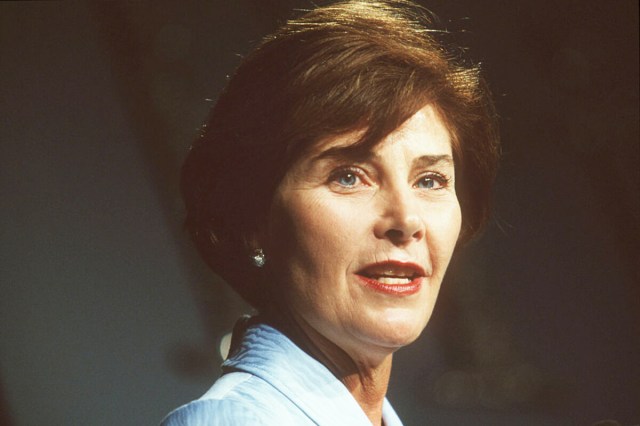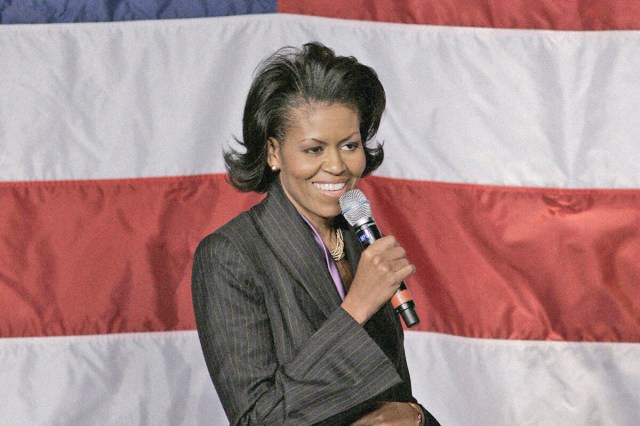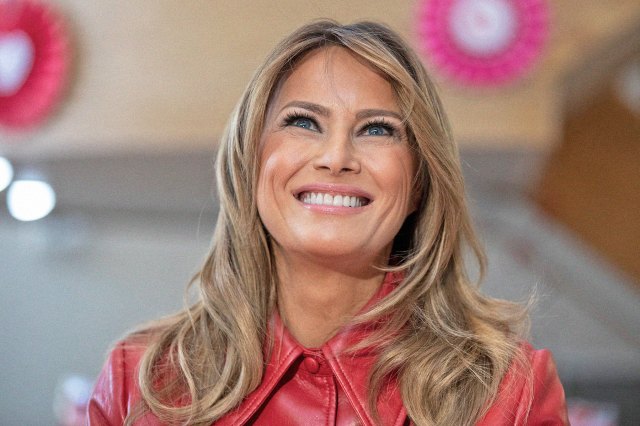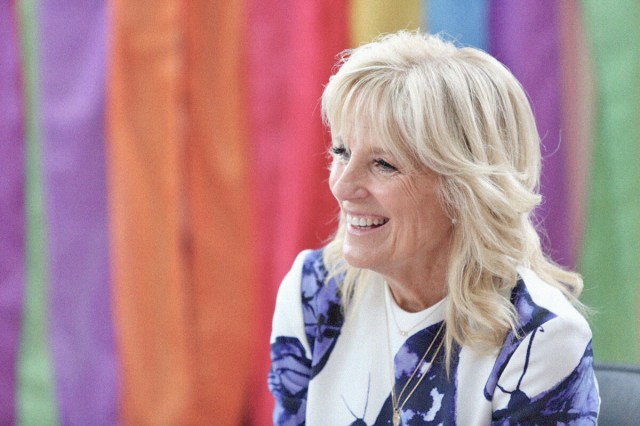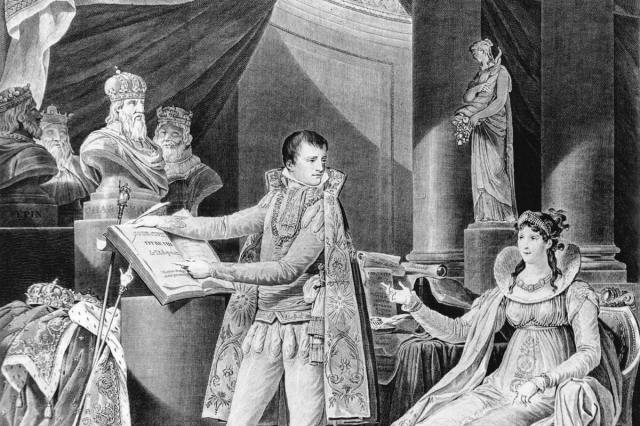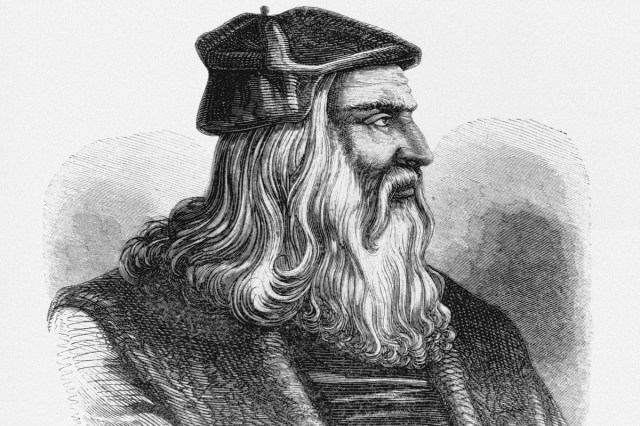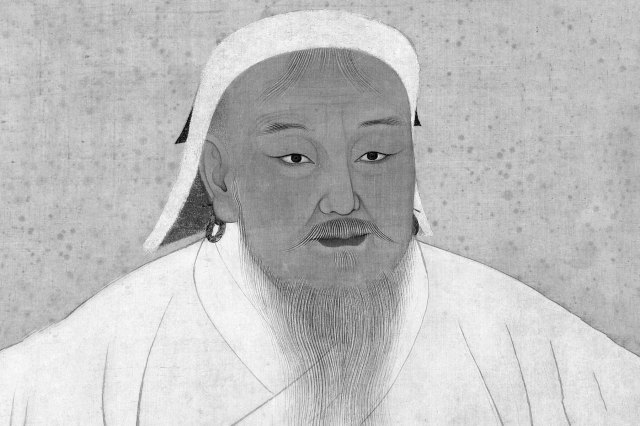The Secret Service Code Names of 11 First Ladies
In the chaos of a post-Civil War America, the federal law enforcement agency known as the Secret Service was formed as a branch of the U.S. Treasury Department. Back then, they weren’t the elite presidential protection unit we know today, but a critical line of defense against the rampant counterfeiting that threatened the nation’s financial stability. But that changed after the 1901 assassination of President William McKinley, when the Secret Service was assigned a new role that would redefine its legacy: protecting the nation’s political leaders and visiting foreign dignitaries.
One of the more fascinating aspects of the Secret Service is the use of code names when referring to the president, vice president, their family members, and key officials. Harry S. Truman became the first president to be assigned an official code name — “General” — in 1945, though Secret Service agents had code names for at least two first ladies before that. The practice began as advancements in communication technology called for more robust protocols for protecting leaders’ anonymity. And even though technology has evolved since the mid-20th century, the code name tradition persists as a simple way of communicating between agents. Here are 11 first ladies whose unique Secret Service code names offer some insight into this quirky aspect of political history.
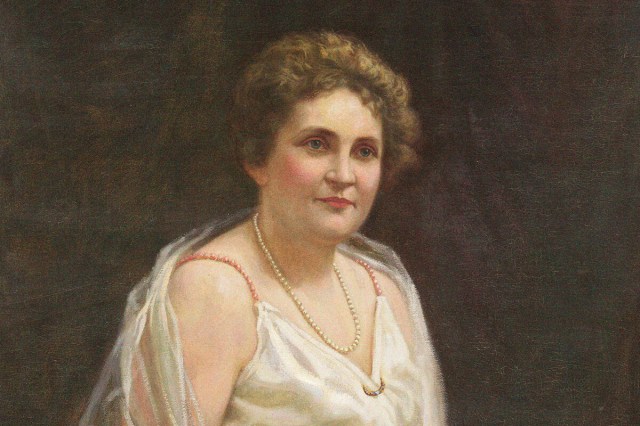
Edith Wilson: Grandma
When Edith and Woodrow Wilson married in 1915, he was two years into his first term as president and both had been previously married and widowed. Edith became the first presidential spouse to be given a Secret Service agent, and during her courtship with the president, she was assigned the code name “Grandma.” There is no indication why the Secret Service chose this seemingly unsuitable name, as Edith was only 43 years old when she married Woodrow — 15 years his junior — and not a grandmother.





